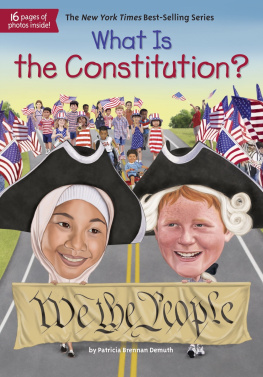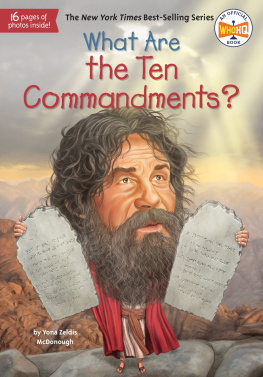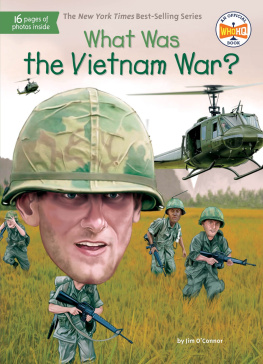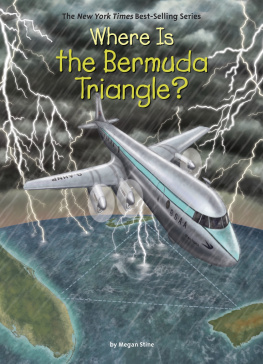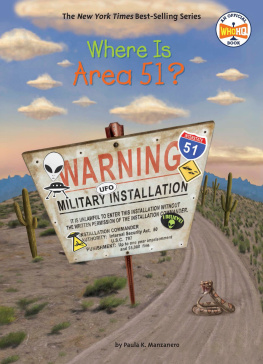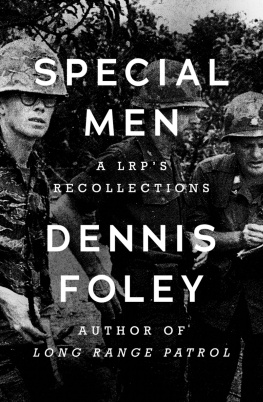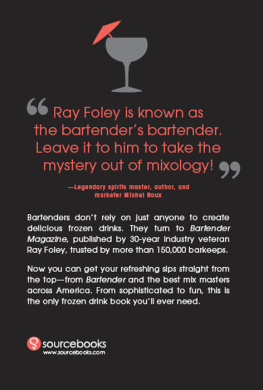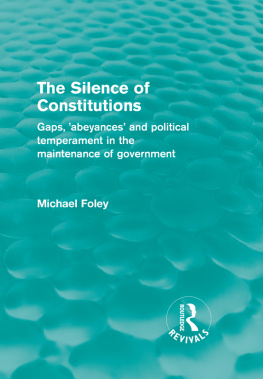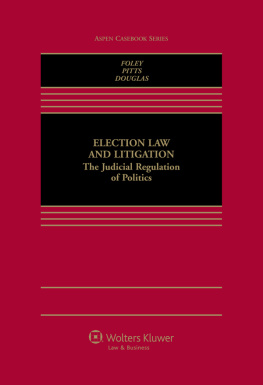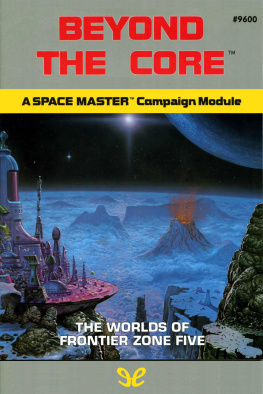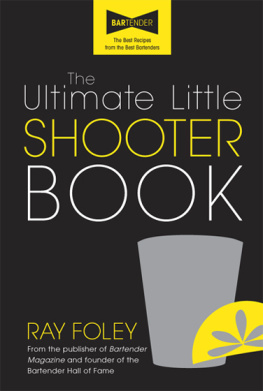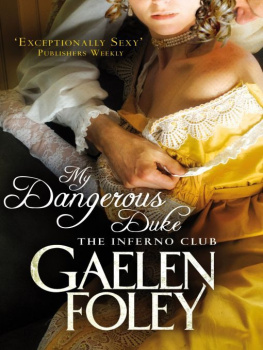Tim Foley - What Is the Constitution?
Here you can read online Tim Foley - What Is the Constitution? full text of the book (entire story) in english for free. Download pdf and epub, get meaning, cover and reviews about this ebook. year: 2018, publisher: Penguin Young Readers Group, genre: History. Description of the work, (preface) as well as reviews are available. Best literature library LitArk.com created for fans of good reading and offers a wide selection of genres:
Romance novel
Science fiction
Adventure
Detective
Science
History
Home and family
Prose
Art
Politics
Computer
Non-fiction
Religion
Business
Children
Humor
Choose a favorite category and find really read worthwhile books. Enjoy immersion in the world of imagination, feel the emotions of the characters or learn something new for yourself, make an fascinating discovery.
- Book:What Is the Constitution?
- Author:
- Publisher:Penguin Young Readers Group
- Genre:
- Year:2018
- Rating:4 / 5
- Favourites:Add to favourites
- Your mark:
- 80
- 1
- 2
- 3
- 4
- 5
What Is the Constitution?: summary, description and annotation
We offer to read an annotation, description, summary or preface (depends on what the author of the book "What Is the Constitution?" wrote himself). If you haven't found the necessary information about the book — write in the comments, we will try to find it.
What Is the Constitution? — read online for free the complete book (whole text) full work
Below is the text of the book, divided by pages. System saving the place of the last page read, allows you to conveniently read the book "What Is the Constitution?" online for free, without having to search again every time where you left off. Put a bookmark, and you can go to the page where you finished reading at any time.
Font size:
Interval:
Bookmark:

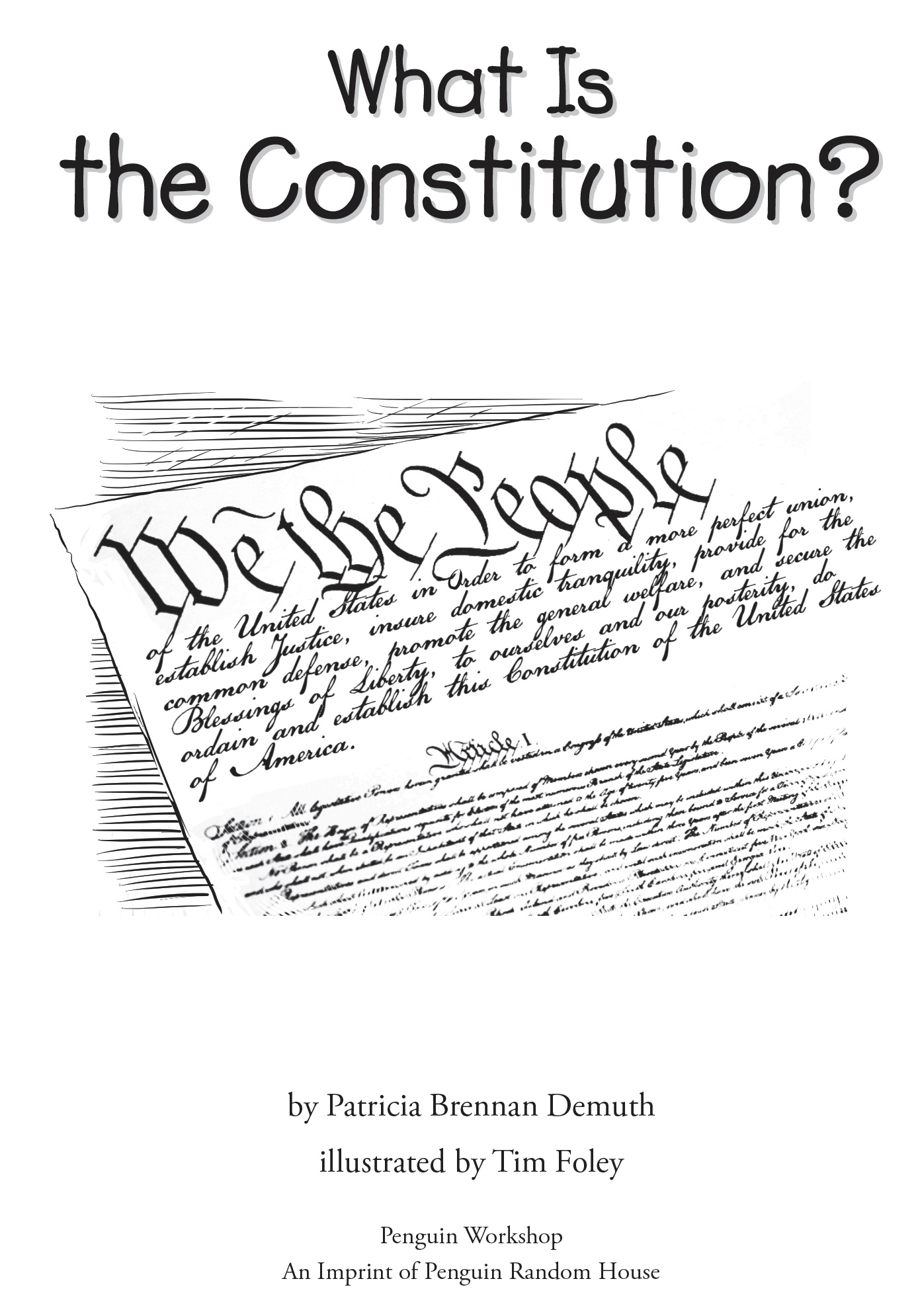
For my constant coven: Val, Erica, Ellen, Ann, KathleenPBD
PENGUIN WORKSHOP
Penguin Young Readers Group
An Imprint of Penguin Random House LLC

If you purchased this book without a cover, you should be aware that this book is stolen property. It was reported as unsold and destroyed to the publisher, and neither the author nor the publisher has received any payment for this stripped book.
Penguin supports copyright. Copyright fuels creativity, encourages diverse voices, promotes free speech, and creates a vibrant culture. Thank you for buying an authorized edition of this book and for complying with copyright laws by not reproducing, scanning, or distributing any part of it in any form without permission. You are supporting writers and allowing Penguin to continue to publish books for every reader.
Copyright 2018 by Penguin Random House LLC. All rights reserved. Published by Penguin Workshop, an imprint of Penguin Random House LLC, 345 Hudson Street, New York, New York 10014. PENGUIN and PENGUIN WORKSHOP are trademarks of Penguin Books Ltd. WHO HQ & Design is a registered trademark of Penguin Random House LLC.
Library of Congress Cataloging-in-Publication Data is available.
ISBN 9781524786090 (paperback)
ISBN 9781524786113 (library binding)
ISBN 9781524786106 (ebook)
Version_1
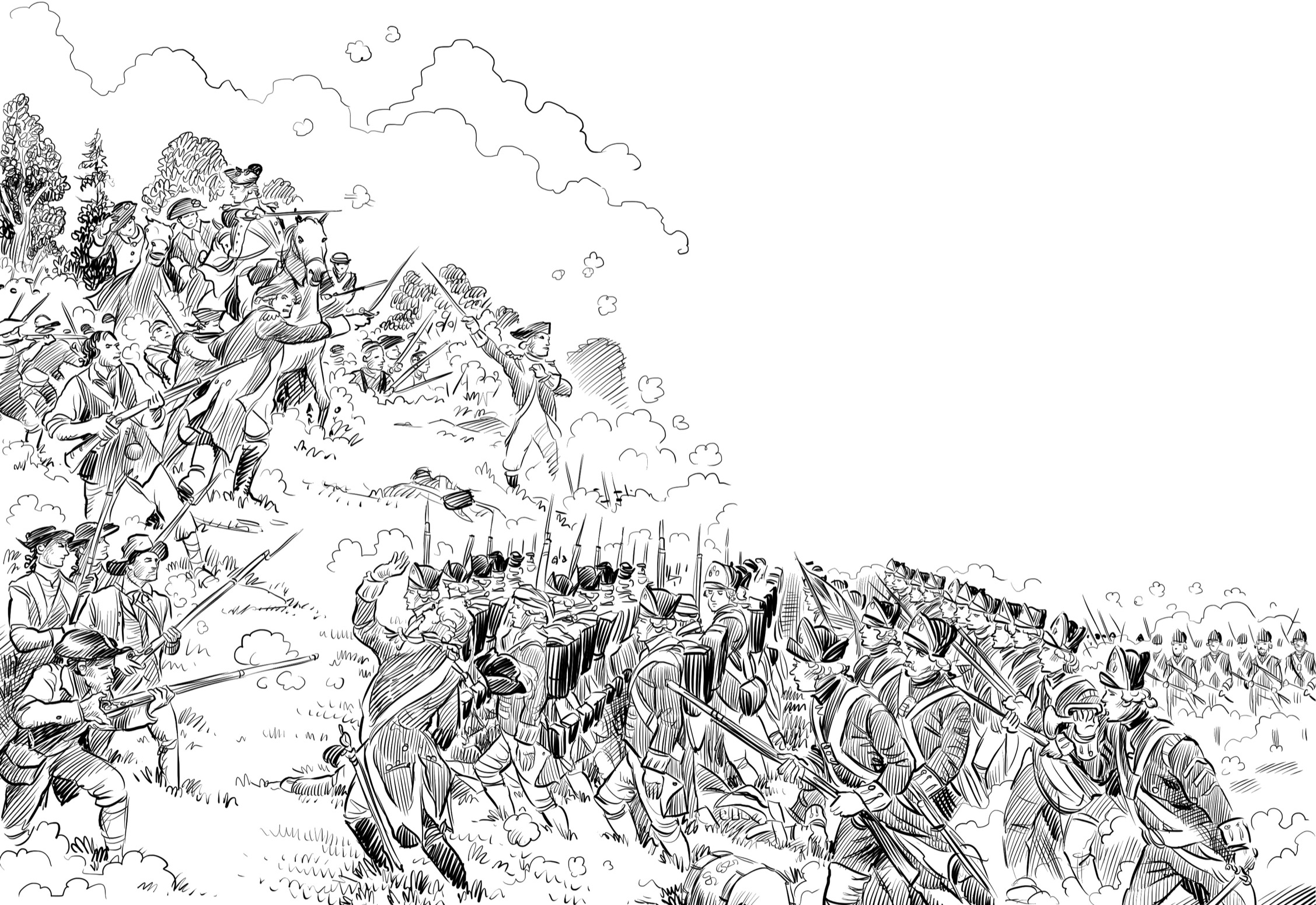
The first time the thirteen American colonies declared themselves a free nation was in the Declaration of Independence, written in July of 1776. By then, the colonies were fed up with being ruled from afar by Great Britain. A bloody war for independence broke outthe Revolutionary War.
At the start, winning the war seemed impossible. How could the ragtag rebel army ever defeat Great Britain, the mightiest military power in the world? But a fierce drive to be free fired the rebels spirits.
By 1783, the war was overand the colonies were no longer colonies. They were states in a free and independent nation: the United States of America!
Even while at war, the new country had needed some sort of government. So, in 1776, a group of leaders of the Revolution had quickly patched together some rules. They were called the Articles of Confederation.
Nobody wanted a government that was all-powerful. Thats what the states were breaking away from. So, they created a congress that was too weak to do any harm. Unfortunately, the result was a government that was too weak to do much good, either.
By 1787, just four years after the United States glorious victory, the young country was in trouble. National pride didnt exist yet. In fact, if you asked most people what their country was, they named their state. It was easy to see why. Over their whole lifetime, people rarely traveled more than thirty miles away from where they were born. In 1785, a man from Georgia wrote that he was leaving his country to go to a strange land amongst strangers. The strange land was New York!
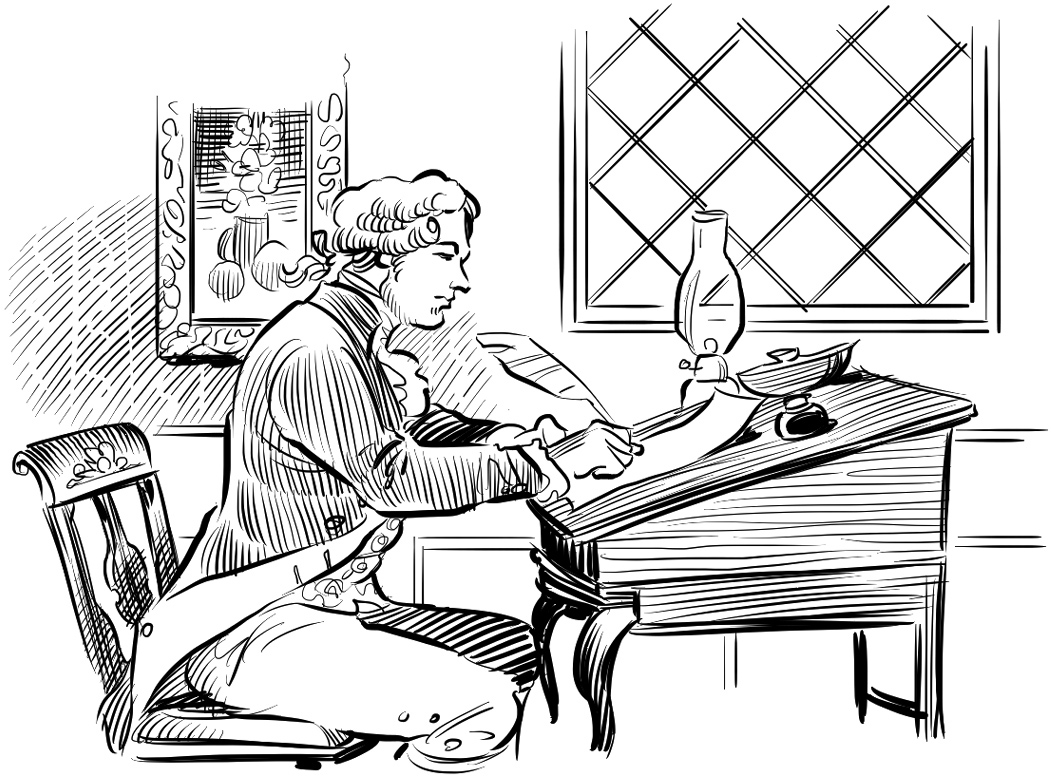
States quarreled often over where their state boundary lines were and which state owned certain rivers. Enemies abroad smirked at Americas troubles. Didnt all this arguing prove that the upstart nation was not capable of ruling itself without a powerful king?
Americas young government needed fixingand soon. So, during the horribly hot and sticky summer of 1787, fifty-five men from twelve states gathered in Philadelphia for a special meeting. (Rhode Island wouldnt come.) Their mission was to change the Articles of Confederation. Most had no idea they were going to frameto plan outa whole new system of government!
The framers, which is what history books call these men, had to find answers to big, thorny questions. Who decided if the United States would go to war again? What powers should be given to the head of the government? What should happen if leaders abused their power? Who should be allowed to vote? How would laws get passed?
For four months, the framers debated... and debated... and debated. Tempers flared. Voices rose. Every man cared deeply about his ideas. It was hard work to listen to the other side. So much was at stake! They knew they were trying to decide the fate for millions yet unborn, as delegate George Mason said.
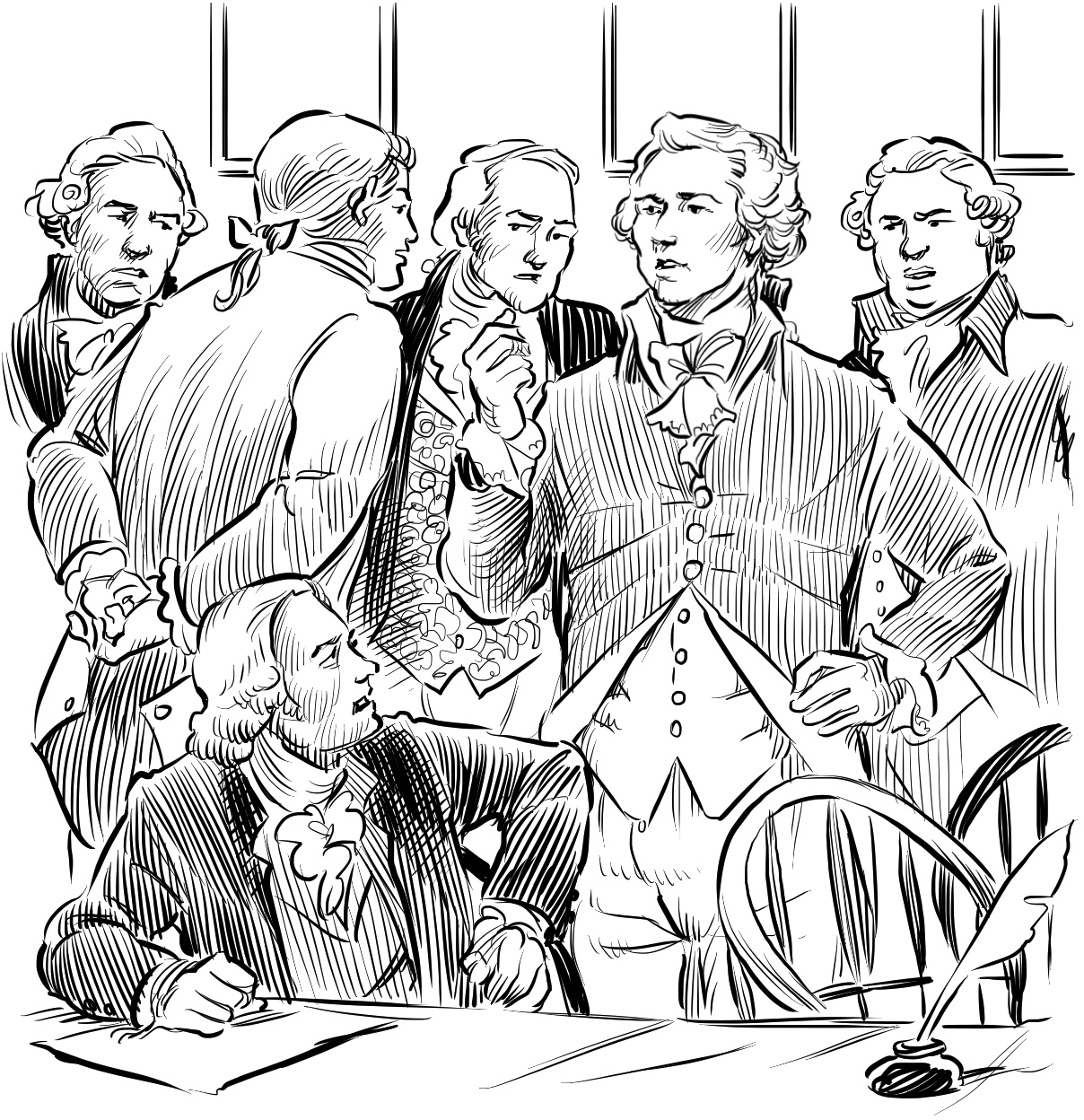
At some points, writing a new constitution seemed hopeless. Would an agreement ever be reached?
A Limping Government
In 1787, the United States of America had a name. And it had a flag. Yet many things were missing to make it a true nation.
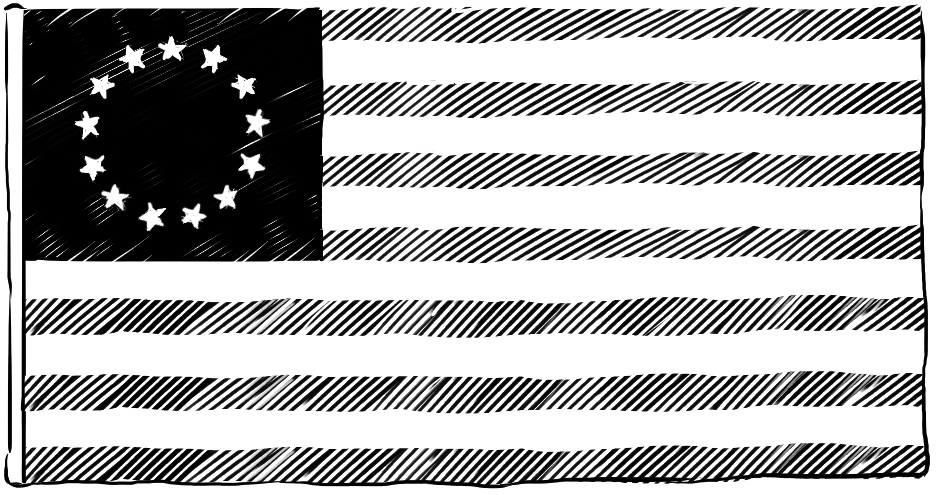
There was no president. There was no central court system. Neither was there a US army or navy. There was no Senate or House of Representativesonly a weak Congress. Congress could pass laws, but it could not enforce them. For instance, Congress could charge taxes to pay off war debts. But it had to rely on the goodwill of the states to pay up.
Peoples loyalty to their state made it hard for them to think of themselves as Americans. During the Revolution, George Washington asked soldiers from New Jersey to swear loyalty to America. What an odd request! They said that New Jersey was their country.
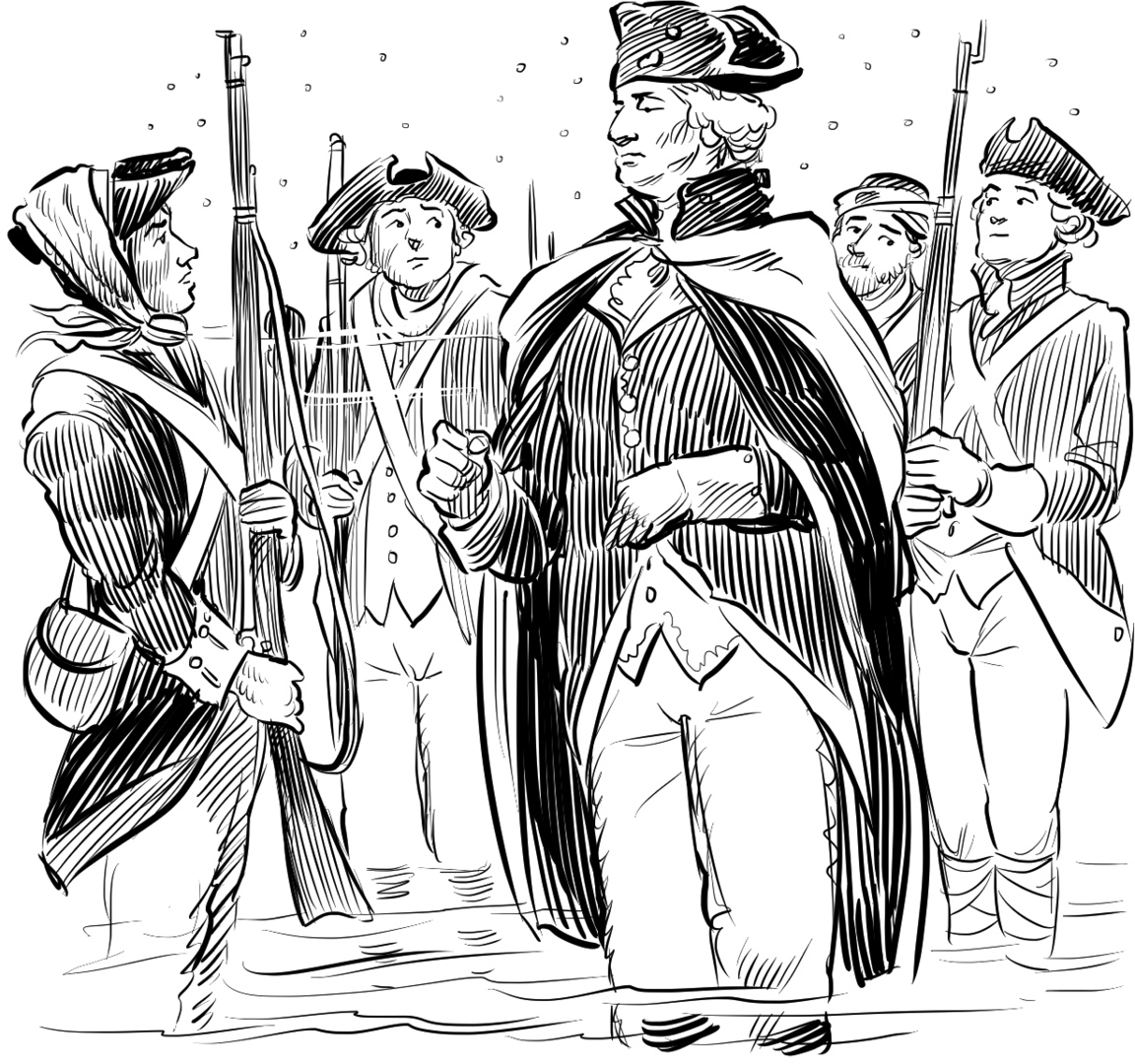
Loyalty to ones state was rooted in history. The thirteen colonies had been settled at different times by different groups of people. Each state developed its own way of life, often with its own religion and customs. Strict Puritans had settled New England. Peace-loving Quakers founded Pennsylvania. Although the main language of the colonies was English, tens of thousands spoke German in Pennsylvania. Shopkeepers and fishermen thrived in New England, whereas the South was mainly agricultural.
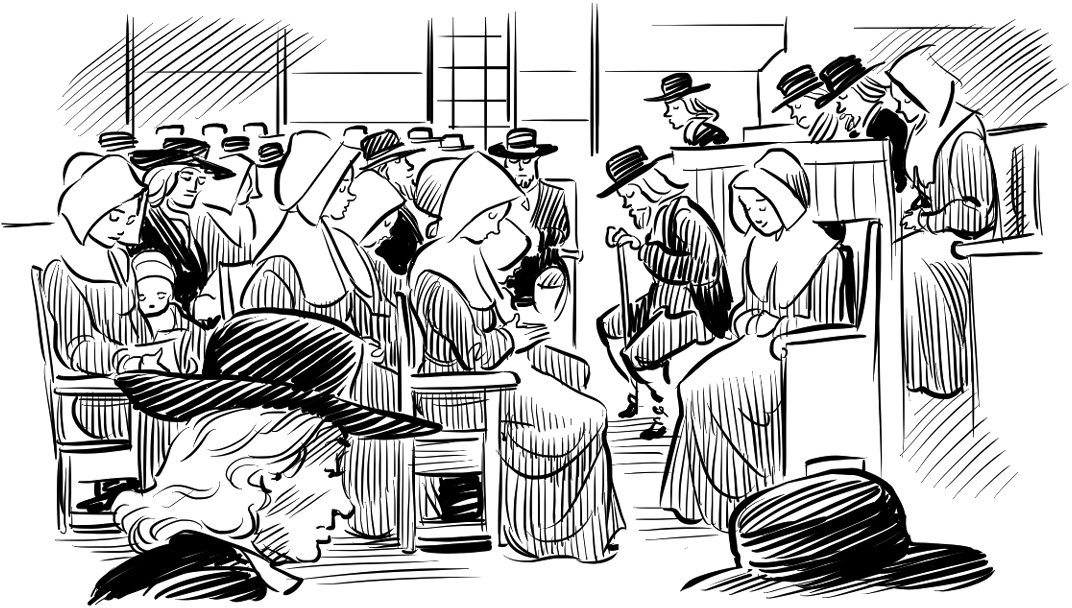
The Articles of Confederation held the states together well enough to fight the war. But afterward, each state was happy to go its own way again. Soldiers returned home. And each state got busy creating its own constitution and electing its own leaders.
But what about being a country? Some leaders (like George Washington, James Madison, and Alexander Hamilton) wanted the United States to be a strong nation with a solid central government, one that would oversee all the states. These leaders were called nationalists.
But other leaders wanted power to remain with the states, just as it did with the Articles of Confederation. The Articles promised that the states would remain sovereign. That meant each state was still its own boss. What about the union? The Articles described the union loosely, as a league of friendship.
Font size:
Interval:
Bookmark:
Similar books «What Is the Constitution?»
Look at similar books to What Is the Constitution?. We have selected literature similar in name and meaning in the hope of providing readers with more options to find new, interesting, not yet read works.
Discussion, reviews of the book What Is the Constitution? and just readers' own opinions. Leave your comments, write what you think about the work, its meaning or the main characters. Specify what exactly you liked and what you didn't like, and why you think so.

